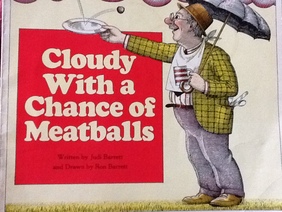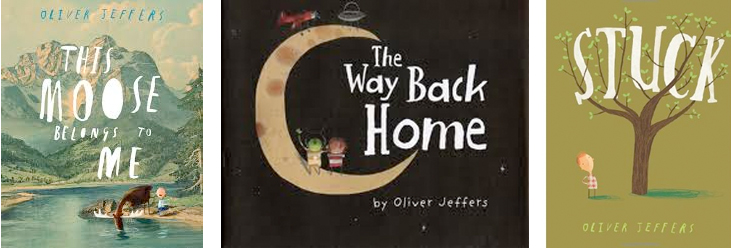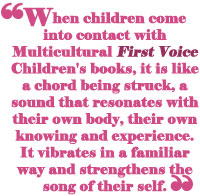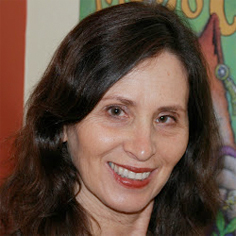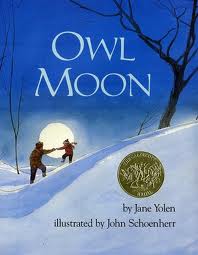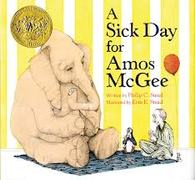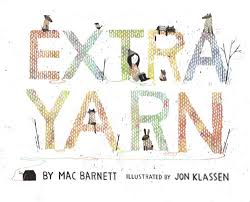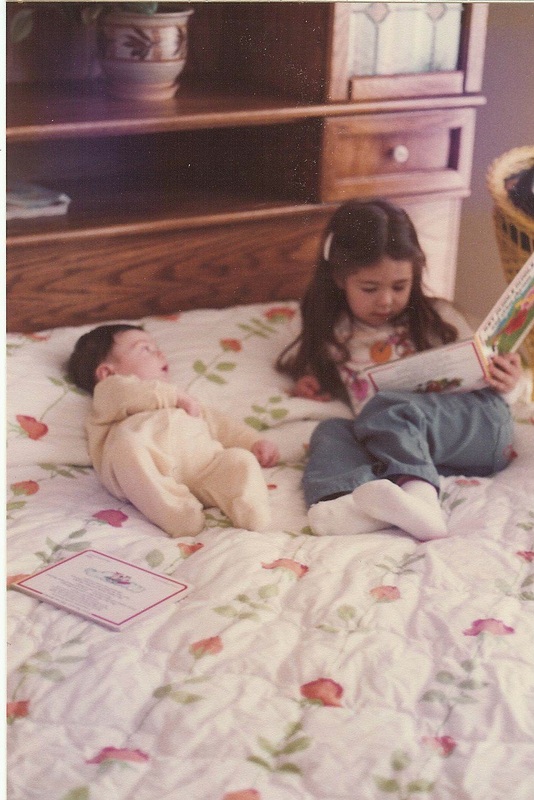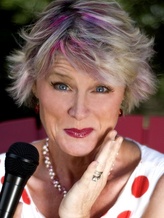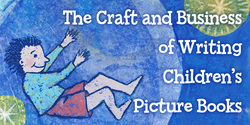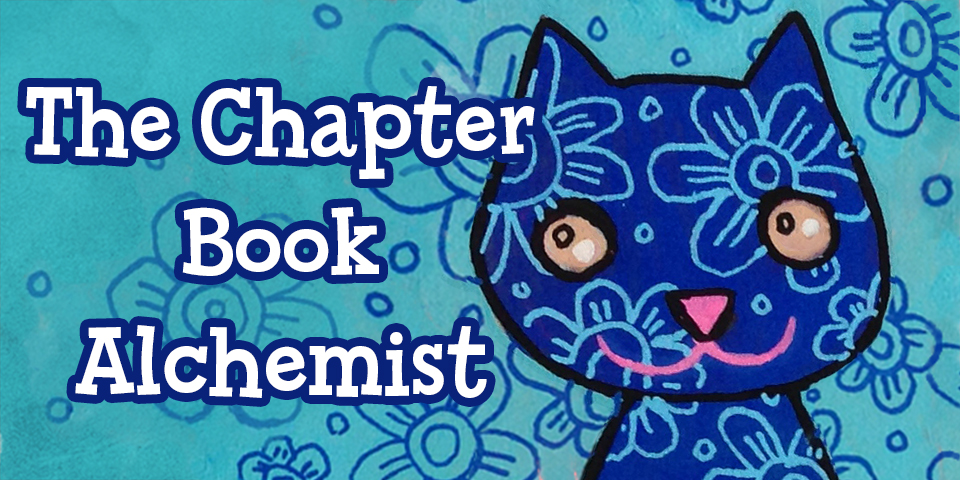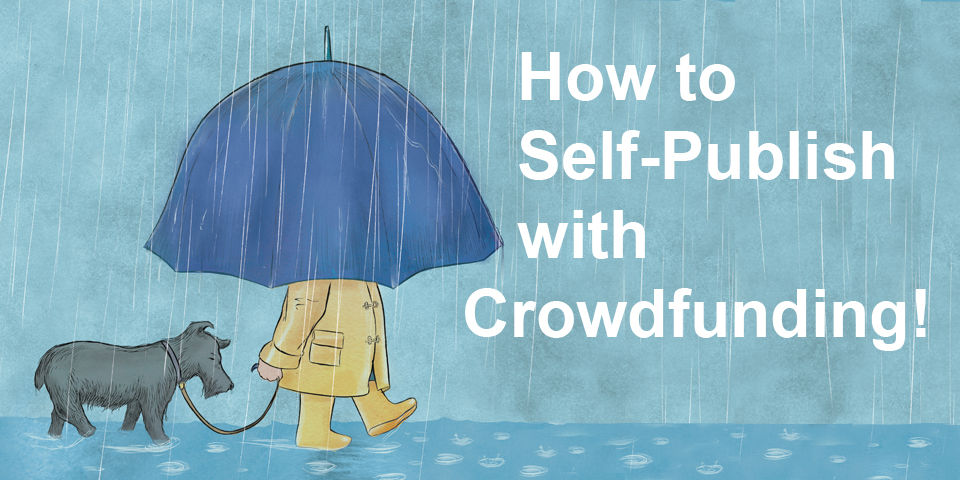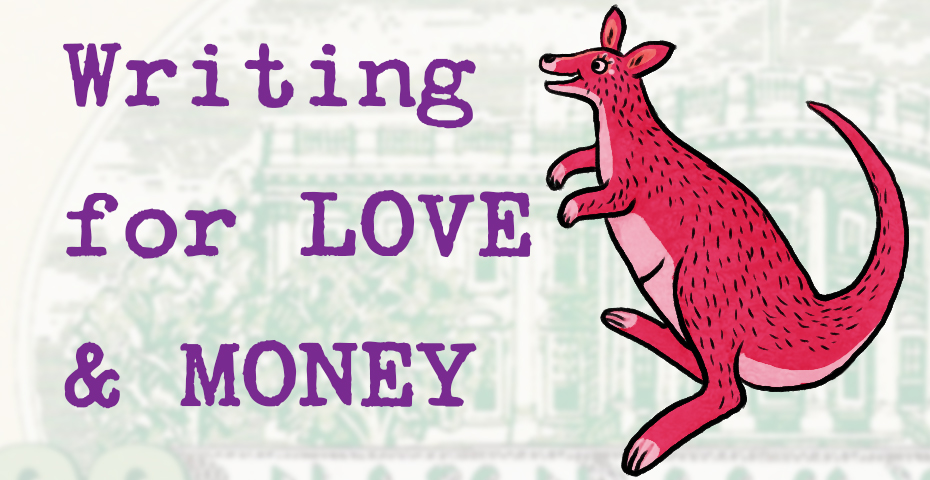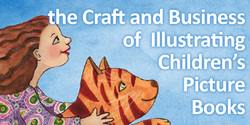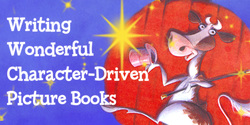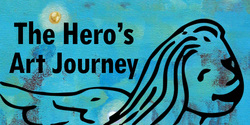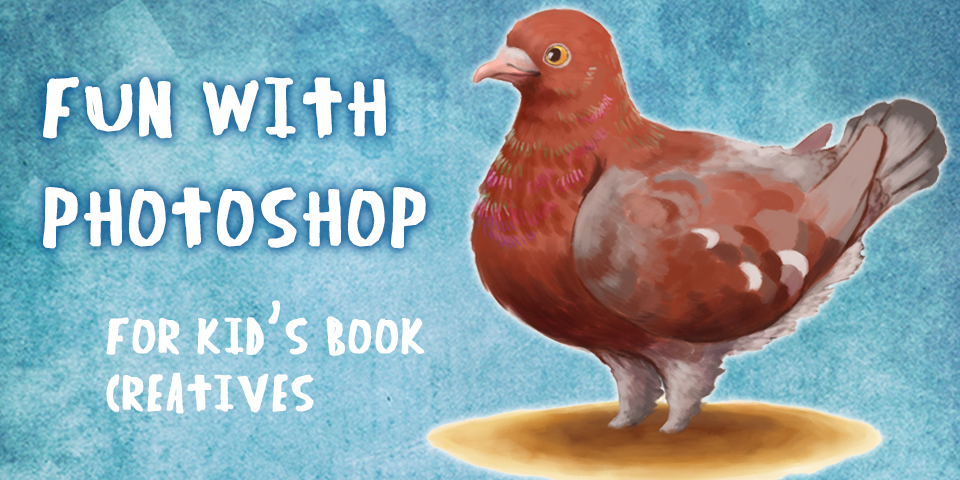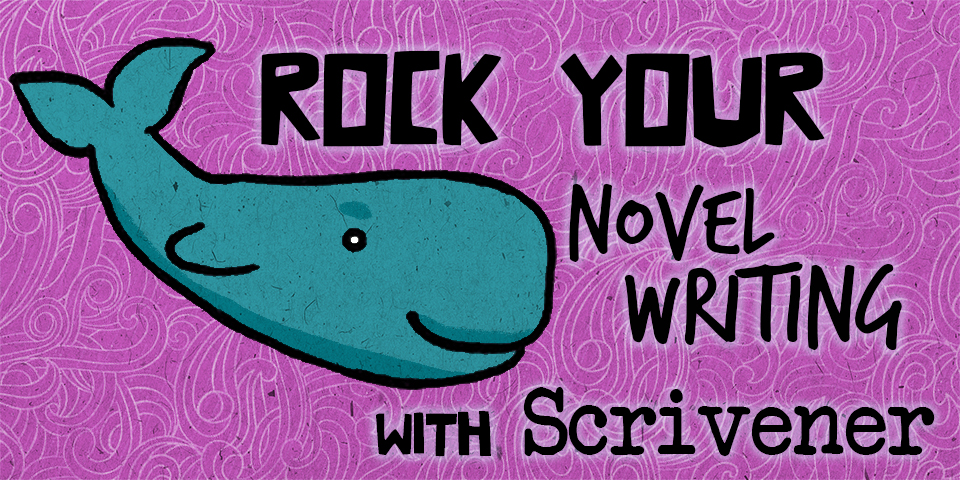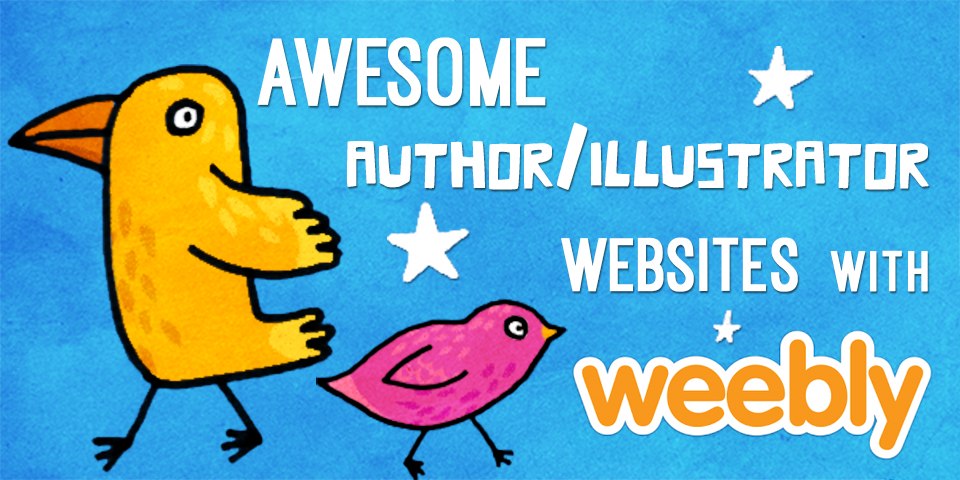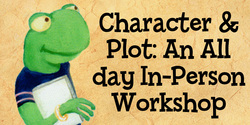The Urban Dictionary (www.urbandictionary.com) defines quirky as “unconventional, surprising, odd.” Merriam Webster defines quirky as “having an abrupt twist or curve” and “having a peculiar trait.” That’s all good, but when it comes to picture books, what do we mean when we say “quirky?” According to a post on Goodreads, quirky picture books are defined as “children’s picture books that are unusual, odd or just plain silly.” And although I somewhat agree with that definition, I am a little perplexed by the books people voted for inclusion in this list. I personally would not include Oh, The Places You’ll Go! and One Fish, Two Fish, Red Fish, Blue Fish by Dr. Seuss in this list, although I guess they are a little odd. And I wouldn’t necessarily say that Mo Willems’ Don’t Let the Pigeon Drive the Bus is quirky…but it certainly rates high in silly. I did post this very question on Twitter for agents and editors, yet I did not receive any answers. However, lots of writers commented that it was a good question. So I am going to go out on a limb and define what I think quirky means when it comes to picture books. Brace yourselves…this is purely opinion. To me, “quirky” means turning the existing world on its head. I think of the works of Roald Dahl and Edward Gorey. Taking the world we live in and recognize and then twisting it.
Perhaps my favorite “quirky” author is Oliver Jeffers. Books such as This Moose Belongs to Me, The Way Back Home, and Stuck introduce readers to characters who are grounded in a child’s real world and then add a dash or two of bizarre, silly whimsy. I mean, if we don’t start with a reality that we already know quite well, how can we know something is peculiar, right? Now I might be totally wrong here, or I could be missing some traits of “quirky picture books” that you believe should be included.
I am in no way trying to say that I am the authority here. I just want to start a conversation. What do you think? How would you define “quirky picture books” and why do you think so many agents and editors want them? Maybe, if lucky, some agents and editors might weigh in.
36 Comments
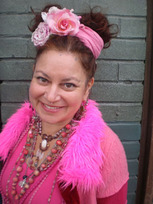 What do polka dots and self-portraits have to do with First Voice multicultural children's books? Let's take a walk together and see... Everyone is an artist. This is the first "rule" of my Claiming Face curriculum that i teach when I go into schools to share about being a children's book artist and author. We know that everyone is unique. It goes without saying. But did you know that this includes how we mark the page? I call it the Polka Dot Theory. I have noticed over the years that even if someone is only making a polka dot, it is visibly theirs and no one else’s. How we hold a pencil is uniquely our own. No one can make a polka dot the same way. Somehow, some way our body, our stories, our thoughts, our selves make a basic mark that is uniquely our own, however subtle, however small, this mark shows something about us. To me, this is the beginning of art. This is the beginning of expressing something that is ours and ours alone. 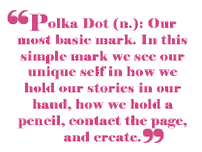 The power of the polka dot is amplified when we go beyond that initial mark and express ourselves more fully, through self-portraiture or words. I like beginning with acknowledging the polka dot, because it hints at the vast and multidimensional levels available to us when we engage in creation/expression. This includes not only our own exceedingly unique and individual experience, but also all of our cultural, social and historical influences as well. 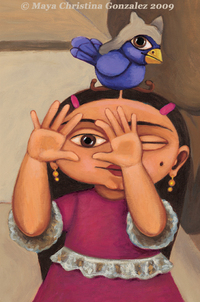 My hands, my polka dot, my art, my words convey my life as Maya, but also my life as a bi-racial, Chicana, working class, queer person born with a girl body. The colors that speak to me, the way I layer and collage, the images that are familiar and make up a cohesive visual vocabulary for me are telling. Growing up with half of my family speaking Spanish while I did not, the inflection, song, tone, the way of putting words together, the white teachers who spoke at the front of my class, the children of color and the way we whispered in the back of class, all of this informed how I write and what I write. My father taught me through actions, through beliefs, through our shared culture, the importance of the wind, the sound of birds, the tale a tree tells as it grows, the dance between life and death, the spirit within all things. This is in my hands, my eyes, my heart when I take up a pencil or a paint brush. I am what and how I express. What's fascinating is that some of it can be tracked, while some of it cannot. It is the deep, abiding legacy of generations and generations of Mexicans and Germans. It goes beyond color and image relevance and hints at something at once mysterious and completely true. When I began making art for children's books it was for amazing authors like Gloria Anzuldúa, Francisco Alarcón and Amada Irma Peréz whose stories felt familiar either to me, or relevant to my community. They included stories about immigration, curanderas, Mexico, tamales, piñatas, familia, Los Angeles, and more. These First Voice books focused on specific Latino/Chicano experiences. But it is not a requirement that First Voice books solely focus on things specific only to our communities and culture. The two children's books I have written and made art for are also First Voice books. I write about my relationship with nature and the world around me. My experience of these things cannot be separated from who I am and the influence my history and culture has upon them. My Colors, My World/Mis Colores, Mi Mundo and I Know the River Loves Me/Yo Sé Que El Río Me Ama are equally First Voice books. Growing up as I did informed what and how I both wrote and made art for these stories. Beyond fiestas and chili peppers, it is important for children to also see a young Chicana girl share her experience of her world in the way only she can. This communicates volumes about our Chicana/Latina experience and sensibility.
Each time I sensed a lack of resonance, I looked more closely at the author and artist and each time I found that they did not originate from the community they were representing. It is not that their books lacked merit, by no means. But it did feel different. And each time, I got this funny feeling in my gut, it reminded me of educators, professors, experts, ethnographers, authors and artists who were telling me about me or my people or my culture. I did not feel felt. I felt studied, categorized, defined and documented by outsiders. I did not feel that I belonged. I felt separate. 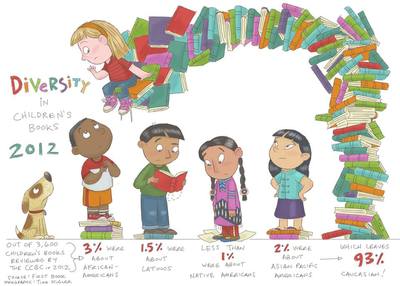 graphic created by Tina Kugler graphic created by Tina Kugler This is what First Voice Multicultural children's books give to our children. It is not just familiar or relevant imagery or story, it is much deeper than that. It is something at once substantial and very humanly ethereal. It is an osmotic communication of self-knowledge, self-definition, a celebration of belonging to yourself and to the individual culture that informs who you are. This is important for all of us, ALL of us, but especially for our children and extra especially for our children of color. We need to sense that we all belong here, now. This makes all of us strong. And for children of color, this inspires us to contribute to our society and our world, because it is ours, it is where we belong. I speak to First Voice Multicultural books for children of color because of the statistics. While 2012 statistics show that almost 50% of our children under age 5 are children of color, less than 10% of children’s books published each year are about children of color and the statistics are even lower (with only 4½ % of the 5000 children's books published in 2012) when it comes to First Voice children’s books, those books that are both about AND by people of color. For our published children's books to be reflective of the reality of the children in our country, our schools, our libraries, our communities, we would need to replace 2000 of those 5000 books with First Voice Multicultural books. 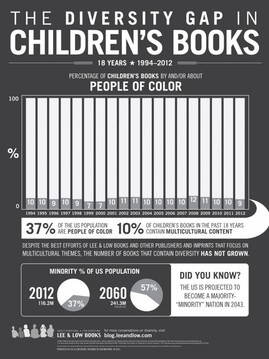 graphic created by Lee&Low Books graphic created by Lee&Low Books Wow, every time I do the math for these kind of statistics, I have to double check myself because I am stunned. The math makes our lack of reflection so conspicuous. I know that I felt this growing up. And I know that our children today feel it. Amazingly, the last 18 years show an absolute freeze when it comes to multicultural children’s books that are published. I was undaunted as a child. Now as an adult, I teach what helped me through the long-lived scarce times: I teach self-portraiture. Just because we do not see ourselves in our books, we must still see ourselves. We must know our selves, feel that belonging by our own hands if not by the hands of the world around us. Until we have those 2000 more First Voice Multicultural children's books per year, we can empower our children to claim their own face, tell their own tales, so that when they grow up, they are prepared to balance the way things are. Today. Now. We begin with a polka dot. Maya Gonzalez is largely self-taught. She has illustrated over 20 award-winning multicultural children’s books and written 3 with, not an end in sight! Her fine art has shown internationally and appears in numerous books about the contemporary Chicano Art Movement including on the cover of Living Chicana Theory and Contemporary Chicana and Chicano Art: Artists, Works, Culture and Education considered to be "the Bible of Chicano/a art." Ridiculously creative, she’s probably making art as you read this or thinking about making art if she’s driving a car or using the stove. And one of her ultimate passions is inspiring others to create books, because she believes that creating children's books has the potential to be one of the most radical things you can do! In this post from Marsha Diane Arnold (below) she writes about the value of quiet books.
We may never get a satisfying answer about the meaning of “too quiet.” But if our writing tends toward quiet we can study quiet books that have done well and think about how they’re different from our own rejected quiet ones. Having recently sold a quiet picture book text, I pondered what made it different from my other rejected quiet stories. I came up with a list describing what the best quiet books do and what picture book writers should aim for.
Maybe it’s time for the quiet books to get a little bit noisy. Quiet books unite! Perhaps their motto should be, “Still waters run deep.” Shallow rivers move swiftly, appearing more alive than deeper water. But that’s an illusion. Quiet people and quiet books, like rivers, often surprise us with their interesting, unexpected, and complicated ideas…with their depth. Quiet books ask us to slow down, to go inward, to focus. They rescue us from the non-stop whirlwind. For children who are shy or anxious, quiet books encourage and help them realize they’re not alone. My children enjoyed quiet books some 30 years ago; children still enjoy them today. As parents, grandparents, and guardians we must also ask questions. Which books would we prefer our children to pull from their bookshelf night after night? How do we want their brains wired and rewired? What reel do we want them to have running in their heads for the rest of their lives? So what’s a writer who loves writing quiet books to do? Just as we had to write better picture books as the market tightened, so must we elevate ourselves to the challenge of writing better quiet books as that market tightens. Our children need them, parents need them, the world needs them. Now, won’t you please excuse me while I go read Miss Rumphius to my granddaughter? Marsha Diane Arnold is an award-winning children’s book author with a heart of gold. Besides writing, she enjoys visiting schools internationally, nationally, and through Skype, sharing her love of books and writing through presentations and writing “funshops”. In 2008 Marsha was honored as one of seven artists invited to be part of Sequoia National Parks Foundation’s Artists in the Back Country, the only children’s author ever invited. The program’s goal is to rekindle the American tradition of enhancing public appreciation of our natural world through the arts. She shares her adventures in the high Sierras at www.earthsvoices.com Bitsy is our social media maven and today she continues her series on building a writer's (or illustrator's) platform.
Websites There is no question that you need a website. Even if you’re “pre-published,” a website makes a professional impression. It shows you mean it, you’re taking it seriously, that this isn’t a passing fancy like rollerblading, scrapbooking, or cake decorating (maybe that was just me). It’s proof you are here to stay. The URL to your site should be your name, not the title of your book. Why? You’re more than just one book. At least you should be! You are an author, or illustrator. You do this for a living, or want to. Your current book is just one example of the many ways you exist in this profession. Think of it this way: You aren’t the apple, you are the tree! Best case—secure your book title and have it “bounce” to your (name) page when it’s typed it. Your friendly tech person can help you make that happen. For example, if someone types in YOURBOOKTITLE.COM, it can automatically take them to the page YOUR AUTHOR NAME.COM/YOUR BOOK TITLE. Companies do this when they make a name change not everyone’s hear of, or when they know their product name will be googled more often than their company name. Do this for every book and have them each bounce to the same author site. You can have separate pages for each book that all bounce to, and stay under, your main site. You promote your book(s) AND your site at the same time with no extra effort. It doesn’t cost much more to have more than one domain name, plus it prevents someone else from taking the URLs. It will be easier on you when you only have to go to one location and update one site, as opposed to calling up each site and updating them all one at a time. The look and feel should reflect who you are. Even if you’re the leopard-print-pants-and-purple-houndstooth-scarf type, keep your site warm and welcoming. Font matters. Make sure it’s easy on the eyes so people want to linger. Same goes for the background colors and images. When people get to your site, make them want to stay. It doesn’t have to be fancy. Just good. Make sure every page of your site is: 1. Current. No one wants to see “I’ll be at Marge’s Book Attic on February 3rd” when it’s March. You can get away with that in blogs because they are dated and represent a point in time, but for a website it’s a no no. At a minimum, change it to “Was at Marge’s Book Attic on February 3rd” and post some pictures from the event. 2. Relevant. If your current content isn’t, make it so. That flash mob video of the guy asking his girlfriend to marry him, that you thought was so sweet you had to share? You can keep it only if you can convince your readers why it’s there. “I like this” isn’t good enough. Make it a statement about the temerity of mankind or how if your main character were alive today, he’d do the same thing. 3. Written in your voice. Even if that voice is in third person, make sure whoever reads it can hear you speaking. You want your friends to say “It’s so you!” 4. Not annoying. Skip the splash page—no one likes to enter your URL only to be taken to something that says “Welcome, click to enter.” Drop the background music (unless it serves a specific purpose) and go easy on the flashing backgrounds. Gimmicks are unnecessary. You don’t have to wait until you’re published to start. As I’ve mentioned before, it’s important to remember you’re branding yourself, not a product. It’s never too early to get your name out there. No one will do it for you, and if they did, it wouldn’t be as good. Every minute spent on your website will be well spent. Unless you’re making a crappy site. Put your best foot forward. You deserve it. And so do your readers. **** Bitsy Kemper is the author of six picture books (and one YA under contract), her own website, three Facebook and three Twitter accounts. You may have seen Bitsy on CNN, heard her on national radio, noticed her quoted in anything from Parenting Magazine to Writing Children's Books For Dummies, or seen her work in countless newspapers, radio and TV stations across the U.S. Maybe you drove past her on the freeway and didn't even know it... Busy with three kids (four if you count her husband), she finds time to present at writer conferences and author visits from L.A. to N.Y. Wander over to www.BitsyKemper.com or follow BitsyKemper on Twitter. |
Meet the Friday Blogonauts
First Fridays will feature Bryan Patrick Avery, published writer , man of mystery, and professional magician among other things.
Second Fridays will feature awesome multi-award winning author Marsha Diane Arnold who will be writing about character-driven and/or nature-based books and/or anything she likes :) Third Fridays will feature independent Aladdin/Simon & Shuster editor Emma Sector who has helped bring many books into the world. Fourth Fridays will feature the great Christine Taylor-Butler who has published over 70 award-winning fiction and non-fiction and nonfiction books including the acclaimed new middle grade series - The Lost Tribes. Fifth Fridays will feature the fabulous Carl Angel award-winning multi-published Illustrator and graphic designer. Join our Tribe
and receive 7 Steps to Creative Happiness, access to free webinars, and lots more!
Your email addresses are always safe and respected with us. Follow our Blog!
Archives
January 2019
Categories
All
|
|
Discover
|
About Us
|
Join Us
Join our Community and receive a fabulous free gift, KidLit tips, newsletters, scholarship info, contests, and more!
Join our KidLit Mentorship |
Social Media
Interact with our FaceBook Group or follow us on:
|
© 2010-2024 All content on this website is copyrighted. Sorry, all courses are non-refundable.

